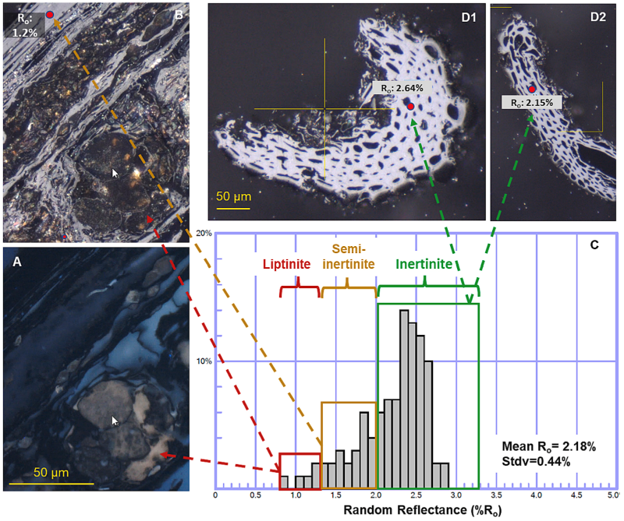Biochar – a permanent carbon removal solution fit for any region
The race to net zero is on and we need every tool. In addition to significant emission reductions, a multifaceted technological approach is required to limit the amount of carbon in the atmosphere. That’s where Carbon Dioxide Removal (CDR), Carbon Capture and Storage (CCS), and Carbon Capture and Utilization (CCU) all come in. But what is the difference between them, and why does it matter?
This article explains their distinct and important roles in the fight against climate change, particularly highlighting the unique potential of Biochar Carbon Removal (BCR) as a locally applicable solution, especially for regions with limited geological storage for CO2. Understanding these distinctions is not just about climate action; it’s also about avoiding ‘greenwashing’ and investing in effective strategies globally, and in all geographies and regions.
What is the difference between Carbon Dioxide Removal and Carbon Capture & Storage?
Carbon or CO2 mainly originates from three different sources: atmospheric accumulation, biogenic or fossil point sources, biomass, and fossil fuels. CDR technologies remove carbon or CO2 from the atmosphere, biogenic sources or biomass, while CCS and CCU capture CO2 from fossil point sources. CDR and CCS from biogenic point sources provide carbon sinks, however, only CDR removes carbon or CO2.

Geological storage is not applicable everywhere
CCS and many CDR technologies rely on geological storage. This means transporting the CO2 to the storage site with pipelines, ships, or trucks and storing it in geologic formations for long-term isolation from the atmosphere. However, most countries have limited or nonexistent capacity for geological storage of CO2. Among 54 countries assessed in a CO₂ storage resource report, only Australia, Canada, Norway, and the United States have operational commercial-scale CO₂ storage projects (OGCI, 2024). Currently, there are no active geological storage sites within EU member states, and only two projects, Porthos (the Netherlands) and Greensand (Denmark), are on the horizon.
For instance, in Finland and Estonia, geology prevents geological CO2 storage. According to the Geological Survey of Finland (GTK), the country’s crystalline bedrock has limited porosity and lacks hydrocarbon reservoirs, making it unsuitable for long-term CO2 storage. As a result, Finland and some other countries have banned geological CO2 storage. This limitation calls for alternative CDR solutions that don’t rely on the CCS value chain, such as BCR or enhanced rock weathering (ERW).
BCR relies on local production and storage
In contrast to geological storage, BCR provides permanent storage locally in any region. Pyrolysis reactors can be placed near biomass sources and end-use sites to minimise costs and emissions. The lack of geological storage capacity in countries such as Finland and Estonia underscores the importance of BCR as a cost-effective solution. BCR could remove approximately 3 gigatons of CO2 annually, equivalent to India’s yearly CO2 emissions.
We are committed to a sustainable and climate-neutral future through Biochar Carbon Removal. Locally applicable solutions such as BCR enable almost any region to store carbon permanently and therefore contributing to global efforts in mitigating climate change.

Further reading:
- OGCI Climate Investments. (2024). CSRC cycle 4 main report.

